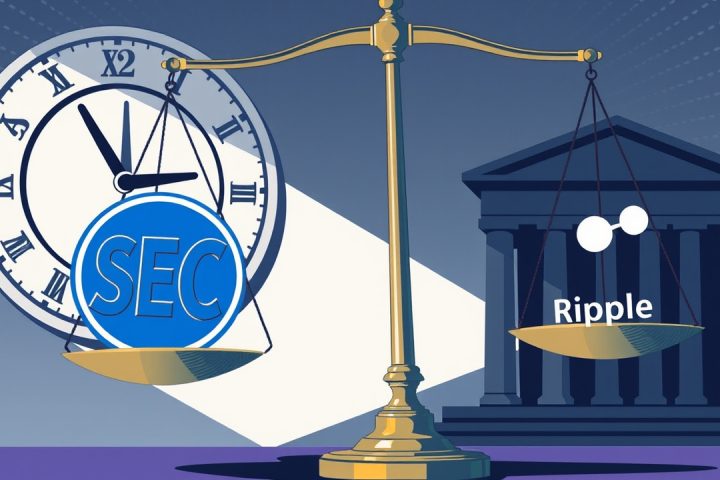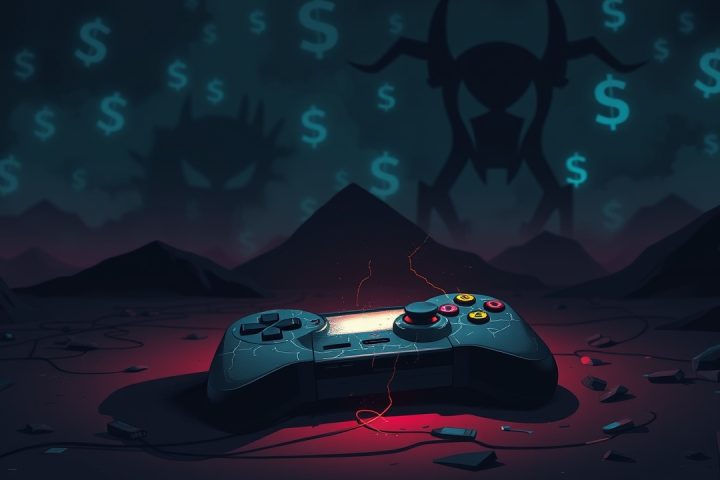Ocean Mining’s Remarkable Achievement
In a surprising turn of events, Ocean Mining has reported a modest $500 ASIC miner, known as the Nerdminer, achieving the remarkable feat of finding a Bitcoin block at a rate of approximately 5 terahash per second (TH/s). Typically, such an achievement would take an estimated 3,500 years to accomplish. The event sparked lively discussions on social media as enthusiasts celebrated the successful solo mining effort using Ocean Mining’s framework alongside the DATUM protocol, which facilitates the connection of mining hardware directly to Bitcoin full nodes, here exemplified by the Start9labs infrastructure.
Decentralization and Mining
Ocean Mining made the announcement on platform X, sharing that the miner in question, utilizing a QAxe++ model, successfully uncovered block 913272. They emphasized the significance of decentralization in cryptocurrency mining, highlighting the ability for miners of all capacities to participate equally in the mining process:
“Seeing miners of all sizes have their voices heard by mining their own blocks and seeing decentralization happen in real time is why we do this.”
Technical Specifications and Profitability
The Nerdminer QAxe++ is known for its modest power consumption, pulling around 72 to 76 watts while operating at nearly 5 TH/s. Interestingly, its semiconductor technology is derived from Bitmain’s more powerful Antminer S21 Pro series, which can yield up to 229 TH/s, showcasing the vast difference in capability between this small miner and industrial-level equipment.
Operating under favorable conditions, a mining pool configuration with low thresholds might allow small miners like the QAxe++ to generate some profit. For instance, using an energy cost of about $0.04 per kilowatt hour (kWh), there could be potential earnings of approximately $0.26 per day. Unlike larger mining pools, Ocean and Solo CKPool accept miners with lower hashrates without high entry barriers, inviting those who wish to mine solo or combine their efforts in a pool.
Challenges and Odds
However, with extremely low hashrates, the probability of discovering a block drops drastically. For example, at a global Bitcoin network hashrate of around 960 exahash per second (EH/s), the chances of a 5 TH/s unit finding a block are nearly negligible—just 0.0000000052% of the total. With the current mining difficulty pegged at 136.04 trillion, this means it would take an estimated 3,700 years of average guesses to discover a new block. Statistically, the likelihood of mining a single block in one full year is about 1 in 3,700, while the chances of accomplishing this in one day sink to approximately 1 in 1.35 million.
Conclusion: A Small Miner’s Big Win
Despite these daunting figures, this tiny miner defied odds, successfully mining 3.134 BTC, equivalent to $347,968 at today’s rates. This instance echoes similar luck experienced previously; for example, a 3 TH/s Bitaxe miner was reported to have located a solo block with Solo CKPool in July 2024. The developer noted then that such a miner would statistically only find a block once every 3,500 years or have a 1.2 million chance each day.
This latest achievement highlights the unpredictability and potential opportunities within the ever-evolving world of cryptocurrency mining, proving that even the smallest players can occasionally enjoy success on a grand scale.




